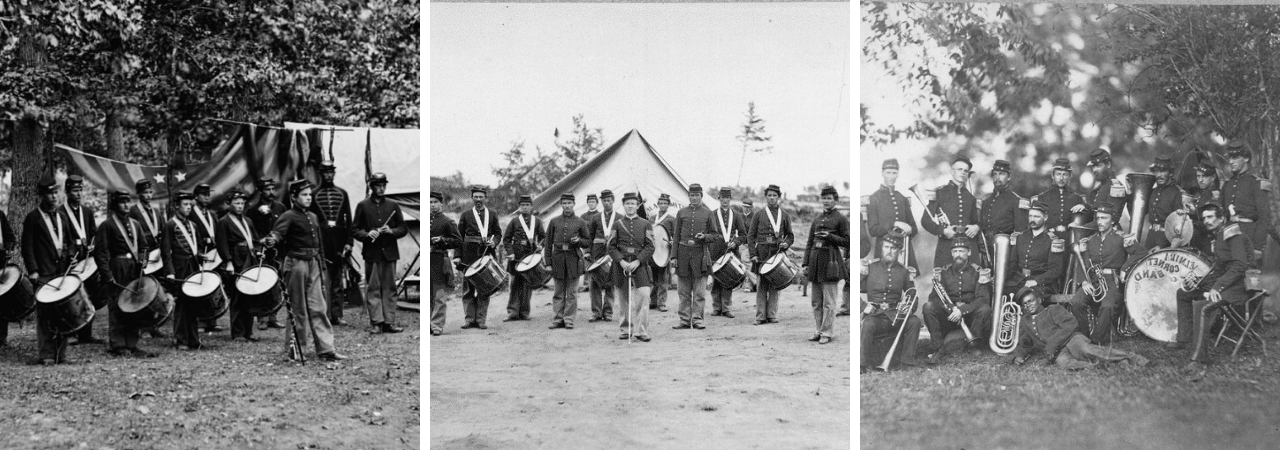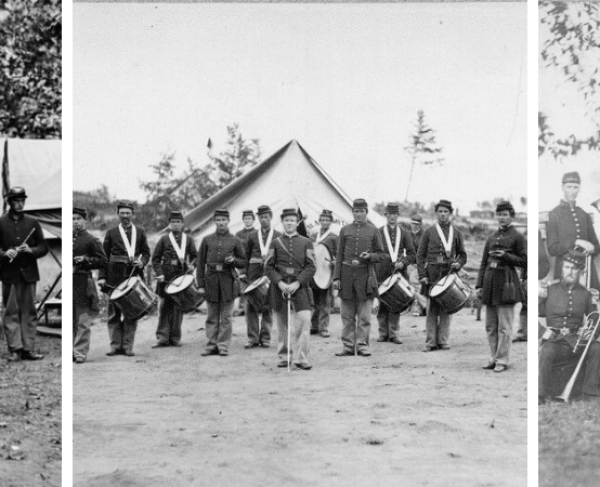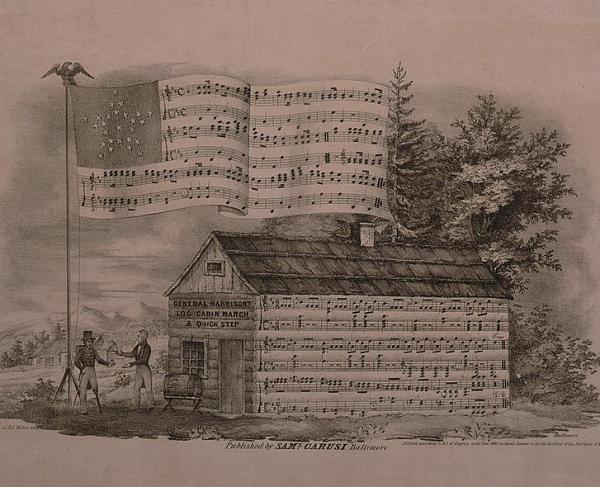
Following the Irish Potato famine of the 1840s, Irish immigration to America’s coast soared. New immigrants filled the streets of New York, Boston, and Philadelphia- creating their own communities and spreading into the country. Irish music would spread too, and soon become a main influence on the popular music of the Civil War era. Even southern patriotic ballads were inspired by Irish tunes, including one of the most famous southern songs, “The Bonnie Blue Flag,” which was set to the tune of “The Irish Jaunting Car.” An overwhelming majority of the new Irish immigrants would enlist in the United States service, and over 150,000 “Gallant Sons of Erin,” would serve by the end of the war.
“McLeod’s Reel,” in Southern musical circles known as “Hop High Ladies,” was one of the most popular Irish reels to emerge from the Civil War era. The song likely derives its name from the MacLeod of Rassay family, minor Scottish nobles of the late 17th century. The first printed reference to the tune in the United States appears in “William Williams New and Compleat Preceptor for the Fife” (Utica, N.Y., 1826.) The tune had already made its way south by 1827 when it was reportedly played in Perry County, Alabama, at a housewarming party, with the tune going by other names- “Virginia Reel” or “The Campbells are Coming.“ The latter would become a famous Fife and drum tune of the Civil War.
“Tales and Sketches of Irish Peasantry,” published in 1845, references the song as an impressive dance tune:
“having spent several nights at piper Cassidy’s house weighing up the local dancers …was impelled by vanity to show them how good a dancer he was himself. He asked one of the handsomest girls out on the floor, and, in accordance with the usual form, faced her towards the piper, asking her to name the tune she wished to dance to. Receiving the customary reply, ‘Sir, your will is my pleasure,’… he next danced Miss McLeod’s Reel with his partner.”
Joseph P. Blessington of “Walker’s Texas Division” would write only a few years later of a dance in a very different social circle, far away from home.
“Near one of the huge [camp] fires a kind of arbor was nicely constructed of the branches of trees, which were so interwoven as to form a kind of wall. Inside this were seated a couple of fiddlers, making elegant music on their fiddles. Around the fire, groups were dancing jigs, reels, and doubles. Even the officers' colored servants had collected in a group by themselves, and, while some timed the music by slapping their hands on their knees… they grinned in delight, or "yah, yah" ed, at the boisterous fun.
Perhaps Mcleod’s Reel was played that night.
In the Nutmeggers’ recordings featured on “In High Water: Songs of the Civil War,” we hope to do justice to those musicians who came before us, and especially those who gave their all, that we might see “a new birth of freedom.” We seek to honor the spirit and humanity of those brave souls who fought so that this nation might live. This is their music, and these are their stories.
Sources
Blessington, Joseph P. The Campaigns of Walker's Texas Division, pp. 159-60
"Miss McLeod's Reel (1)." Traditional Tune Archive, tunearch.org/wiki/Annotation:Miss_McLeod%27s_Reel_(1).
"The Irish Brigade." History.com, A&E Television Networks, www.history.com/topics/american-civil-war/the-irish-brigade.
"Historical Context: Irish Immigrants in the 19th Century." Reimagining Migration, reimaginingmigration.org/historical-context-irish-immigrants-in-the-19th-century.
"Family History." Clan MacLeod, clanmacleod.org/genealogy/family-history.
"Irish Soldiers in the Union Army." National Park Service, www.nps.gov/articles/irish-soldiers-in-the-union-army.htm.

